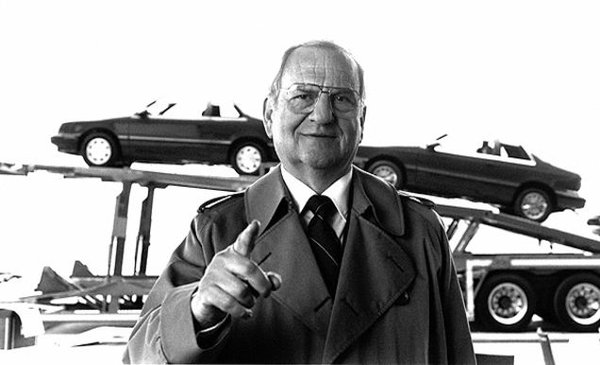We do not hear much anymore about overcoming resistance to change, which 10 or 15 years ago was one of the most popular topics of management books and management seminars. Everybody has accepted by now that change is unavoidable. But that still implies that change is like death and taxes–it should be postponed as long as possible, and no change would be vastly preferable.
But in a period of upheaval, such as the one we are living in, change is the norm. To be sure, it is painful and risky, and above all, it requires a great deal of very hard work. But unless an organization sees that its task is to lead change, that organization–whether a business, a university, or a hospital–will not survive. In a period of rapid structural change the only organizations that survive are the “change leaders.” It is therefore a central 21st-century challenge for management that its organization become a change leader.
There is a great deal of talk today about “the innovative organization.” But making an organization more receptive to innovation–even organizing it for innovation–is not nearly enough to transform it into a change leader. It might even be a distraction. For being a change leader requires the willingness and ability to change what is already being done just as much as the ability to do new and different things. It requires policies and practices that make the present create the future.
Abandon Yesterday
The first step for a change leader is to free up resources that are committed to maintaining things that no longer contribute to performance and no longer produce results.
Maintaining yesterday is always difficult and extremely time-consuming. Maintaining yesterday always commits the institution’s scarcest and most valuable resources–and above all, its ablest people–to nonresults. Yet doing anything differently–let alone innovating–always creates unexpected difficulties. It demands leadership by people of high and proven ability. And if those people are committed to maintaining yesterday, they are simply not available to create tomorrow.
The first change policy, therefore, has to be organized abandonment. The change leader puts every product, every service, every process, every market, every distribution channel, every customer, and every end use on trial for its life. And the change leader does so on a regular schedule. The question it has to ask–and ask seriously–is “If we did not do this already, would we, knowing what we now know, go into it?” If the answer is no, the reaction must not be “Let’s make another study.” The reaction must be “What do we do now?”
In three cases the right action is always outright abandonment:
1. When you think that the product, service, market, or process “still has a few good years of life.” It is the dying products, services, markets, or processes that always demand the greatest care and effort. And we almost always overestimate how much “life” actually is left. Usually, they are not dying; they are dead.
2. When the only argument for keeping a product, service, market, or process is that “it’s fully written off.” To treat assets as being fully written off has its place in tax accounting, but for management the question should never be “What has it cost?” The question should be “What will it produce?”
3. When for the sake of maintaining the old and declining product, service, or process, the new and growing product, service, or process is being stunted or neglected.
For every product, service, market, or process, the change leader must also ask, “If we were to go into this now, knowing what we now know, would we go into it in the same way we are doing it now?” And that question needs to be asked about the successful products, services, markets, and processes as regularly–and as seriously–as about the unsuccessful products, services, markets, and processes. It applies with particular force to distributors and distribution channels, which, in a time of rapid change, tend to change faster than anything else.
In one fairly big company that offers outsourcing services, the first Monday morning of each month is set aside for an abandonment meeting at every level of management. In the course of a year, three to four major decisions are likely to be made on abandoning a product, service, or market, and perhaps twice as many decisions to abandon the way something is done. Also, three to five ideas for new things come out of those sessions. The decisions are reported to all members of management each month. Since the company first began organized abandonment, eight or nine years ago, it has grown more than fourfold (adjusted for inflation), and it attributes at least half of that growth to its systematic abandonment policies.
The question of what to abandon has to be organized systematically. Otherwise, it will always be postponed, for it is never popular.
The Blake Project Can Help You Grow: The Brand Growth Strategy Workshop
Branding Strategy Insider is a service of The Blake Project: A strategic brand consultancy specializing in Brand Research, Brand Strategy, Brand Growth and Brand Education





2 comments
Ann Michael
June 6, 2007 at 9:59 pm
Derrick –
All I can say is Amen! You have completely and artfully covered this!!!!
Ann
Derrick Daye
June 7, 2007 at 12:08 am
Ann,
I can’t take any credit – it’s all Peter Ducker’s doing. We’re happy to feature his work as part of our Marketers For Charity effort. We’ll have more from Peter throughout the Month of June.
I am accepting other compliments though.
🙂
Derrick
Comments are closed.